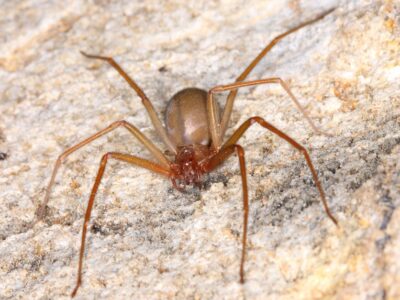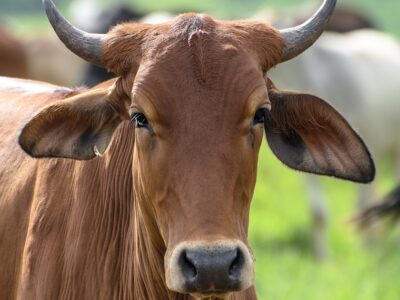Below you can find a complete list of Chilean animals. We currently track 221 animals in Chile and are adding more every day!
No other country in the world has such a narrow landmass as Chile. This South American nation extends 2,653 miles north to the south and yet only 110 miles east to west. The western part of the country is situated against the Pacific Ocean, while the eastern part near Argentina runs along the entire length of the Andes Mountains, forming the third-largest land border in the world. The country also shares a border with Peru and Bolivia to the north.
Due to its extreme north-to-south orientation, Chile contains a wide array of different ecosystems, including deserts, mountains, forests, grasslands, and glaciers. The north and central regions of the country between the mountains and the coast tend toward a temperate climate. Only the very south of the country has a cold and humid climate.
The Official National (State) Animal of Chile
The South Andean deer (also known as the huemul) is the national animal of Chile.
National Bird of Chile
The national bird of Chile is the Andean condor which represents power and health. The Andean condor is a large bird with a wingspan of more than 10 feet so it is no wonder that it garners a great deal of respect in the country and is proudly displayed on Chile’s coat of arms.
Where to Find the Top Wild Animals in Chile
Since its independence, Chile has established 43 national parks and numerous other wildlife reserves where people can view the wildlife in their natural habitat. The most popular natural destination in the country is probably the Torres del Paine National Park. Located in southern Chile Patagonia, it is a pristine landscape of mountains, glaciers, and forests where visitors can find cougars, deer, foxes, rheas, eagles, flamingos, owls, and many other birds.
The Bernardo O’Higgins National Park, also located in the southern ice fields and glaciers, is the largest protected area in the country. Visitors might be able to find condors, otters, cormorants, and huemuls here.
Vicente Perez Rosales National Park is located in the Los Lagos Region of south-central Chile. Situated against the Andes, the park contains exquisite mountain and volcanic vistas where visitors can find cougars, foxes, otters, the kodkod (a type of feline), the colocolo opossum (a native marsupial species), and many types of birds.
Both the Volcan Isluga National Park and Lauca National Park, located in the north of the Andean dry puna range, features snow-capped volcanoes and two large lakes. Llamas, alpacas, guanacos, cougars, tarucas, and more than 140 species of birds all roam the park.
The Queulat National Park, located in the Aysen region, features waterfalls and glaciers nestled among the mountains. The pudu, kodkod, otters, herons, kingfishers, egrets, and many other animals can be found here.
The Most Dangerous Animals in the Chile Today
Chile has very few dangerous animals within its borders. There are no poisonous snakes, and the only large cat, the cougar, has no real history of attacking people. So the most dangerous animals in the country are the venomous spiders.
- Chilean Recluse Spider – This large fleshy brown spider is also known as the corner spider or brown spider. Symptoms its venom can range from mild irritation and pain to skin ulcers and necrosis, which can sometimes leave behind deep scars. Death only occurs in a small number of very serious cases. Fortunately, this spider does not usually bite unless it’s directly threatened.
- Black Widow Spider – The venom from these black and white long-legged spiders can cause severe pain, muscle spasms, an abnormal heart rhythm, and abdominal cramps. These symptoms can last a few days or several weeks, depending on their severity. Black windows are not particularly aggressive, however, and the venom is rarely life-threatening.
Endangered Animals in the Chile
While Chile does make an effort to protect some of its most unique wildlife, several species are now being endangered largely from habitat loss and hunting.
- South Andean Deer – The national animal of Chile is also in danger of becoming extinct as a result of a dramatic fall in suitable habitat.
- Chinchilla – Both the short-tailed and long-tailed chinchilla (a furry, big-eared rodent) have historically been hunted for their luxurious coats.
- Darwin’s Fox – Named after the famous British naturalist Charles Darwin, who collected some specimens in 1834, this is a member of the South American fox genus. Forest fragmentation and diseases appear to pose the greatest danger to their existence.
- Andean Mountain Cat – This small feline resides in the higher elevations of the Andean Mountains. It is currently threatened by habitat loss, hunting, diseases, fall in prey numbers, and even hybridization with closely related species.
- Marine Otter – The marine otter, which occupies the western coast of South America, was extensively hunted for its fur and its competition with fisheries. The closely related southern river otter (which, despite its name, can live in either freshwater or saltwater) is another endangered species.
- Pacific Degu – The degu is a small rodent that lives among large groups in burrows. This species specifically resides on the small Mocha Island right off the coast of Chile. It is currently in danger of becoming extinct from habitat loss.
- Andean Condor – These regal scavengers are, by some metrics, the largest birds in the world with a wingspan of around 11 feet. It is currently in danger of becoming extinct from habitat loss, poisoning, and hunting based on the perception that it attacks livestock.
Spectacular Fish Found in Chile
Fishing has historically been very important to Chile in large part due to its location along the Pacific Ocean. Read about the spectacular fish you can find in Chile from the plentiful Chilean jack mackerel and Peruvian anchoveta to the Easter Island Butterflyfish and more.
Chilean Animals
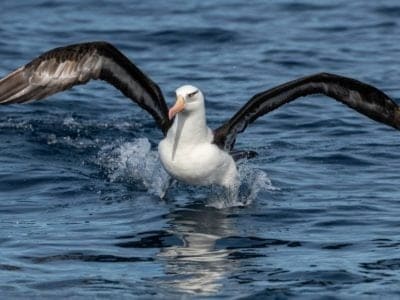
Albatross
The largest wingspan of any bird in the world!
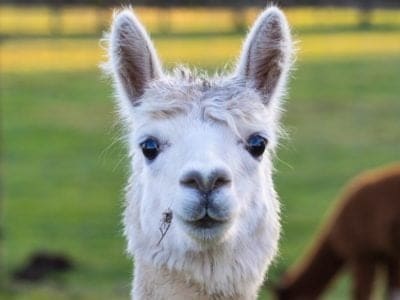
Alpaca
They can spit up to 10 feet.
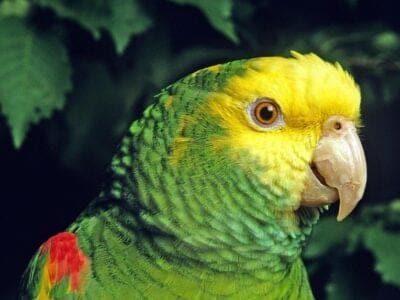
Amazon Parrot
These parrots can be trained to be "talking birds" that mimic human speech

Ant
First evolved 100 million years ago!
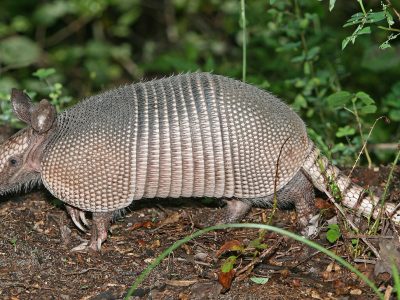
Armadillo
Can curl into a hard, protective ball!

Armyworm
They are so named because they "march" in armies of worms from one crop to another in search of food
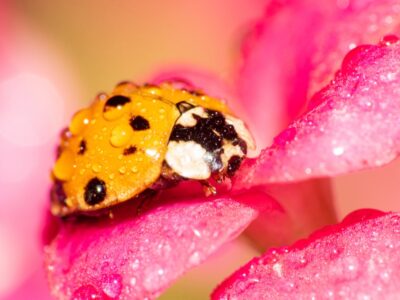
Asian Lady Beetle
Asian lady beetles infest indoor spaces, but they do not reproduce indoors.
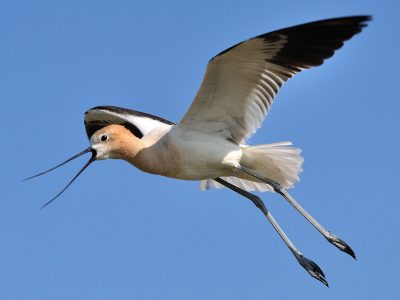
Avocet
Has a curved, upturned beak!
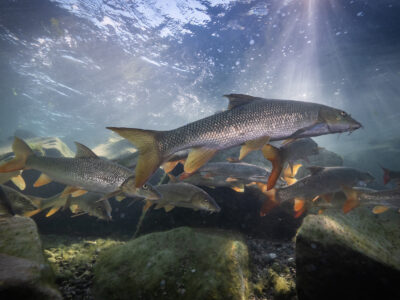
Barb
There are over 1768 known species!

Barn Owl
Found everywhere around the world!

Barn Swallow
Older offspring help care for new hatchlings.

Bat
Detects prey using echolocation!
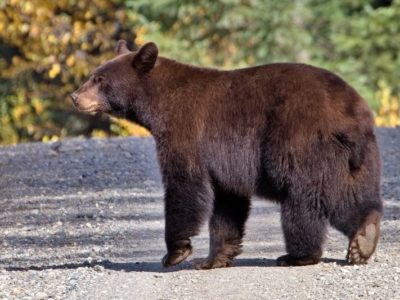
Bear
There are 8 different species!

Bed Bugs
Bed bugs feed for 4-12 minutes.

Bee
Rock paintings of bees date back 15,000 years

Beetle
There are more than 350,000 different species

Bird
Not all birds are able to fly!

Biscuit Beetle
The biscuit beetle form a symbiotic relationship with yeast

Black Widow Spider
They typically prey on insects!
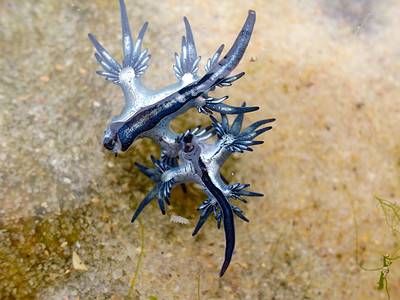
Blue Dragon Sea Slug
They inflict a painful, venomous sting
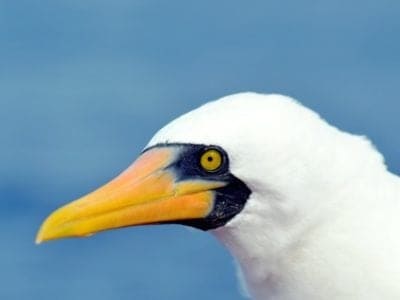
Booby
Seabirds found across the South Pacific!
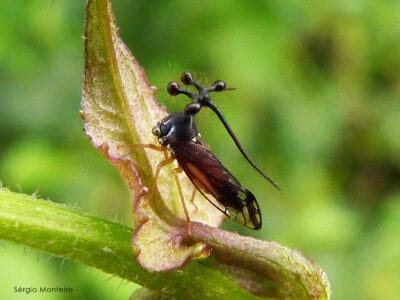
Brazilian Treehopper
“Mild-Mannered Minimonsters”

Brown Dog Tick
Can live its entire life indoors
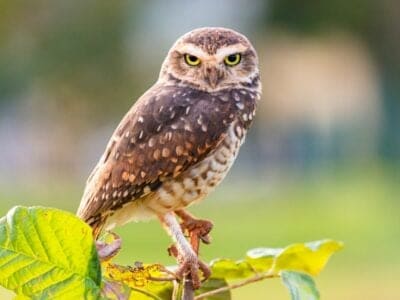
Burrowing Owl
The burrowing owl lives in underground burrows

Butterfly
There are thought to be up 17,500 species!
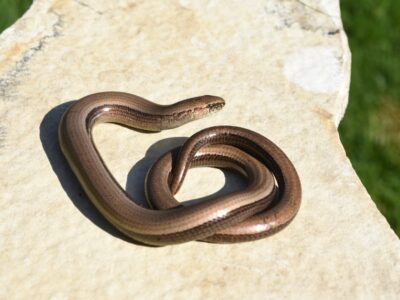
Caecilian
Some species' babies use their hooked or scraper-like teeth to peel off and eat their mother's skin

Camel Cricket
The camel crickets that are found in the USA are light brown in color. They also have dark streaks all over their body.

Carpenter Ant
Carpenter ants can lift up to seven times their own weight with their teeth!

Cat
May have been domesticated up to 10,000 years ago.

Caterpillar
The larvae of a moth or butterfly!

Catfish
There are nearly 3,000 different species!

Centipede
There are about 3,000 documented species!

Chicken
First domesticated more than 10,000 years ago!
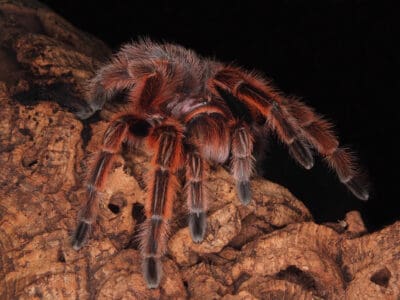
Chilean Rose Tarantula
They can cling to the side of an aquarium.
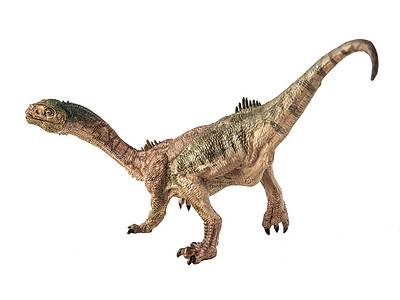
Chilesaurus
Shared traits from several dinosaur groups
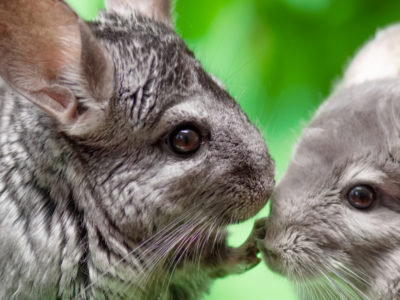
Chinchilla
Natively found in the Andes Mountain range!
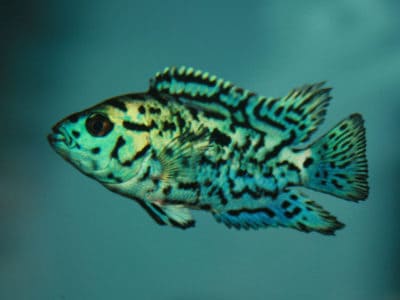
Cichlid
There are more than 2 000 known species!

Cockroach
Dated to be around 300 million years old!

Codling Moth
Pupae are able to undergo diapause to survive poor fruit yield years and winter.

Common Furniture Beetle
The common furniture beetle feeds exclusively on wood

Common House Spider
House spiders have the ability to eat most insects in a home.

Cormorant
They can fly 35 mph and dive 150 feet below water.

Cow
There are nearly 1.5 billion worldwide!

Crab
There are 93 different crab groups

Crab Spider
Crab Spiders can mimic ants or bird droppings

Cricket
Male crickets can produce sounds by rubbing their wings together
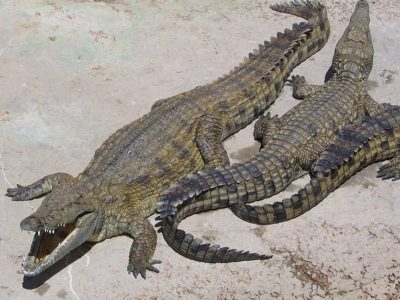
Crocodile
Have changed little in 200 million years!

Crow
A group of these birds is called a Murder.
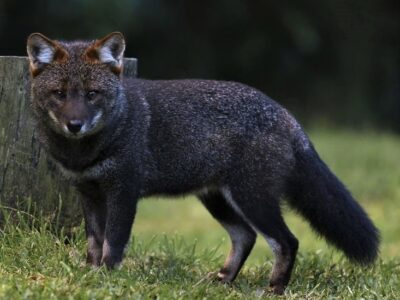
Darwin’s fox
It’s not a “true fox.”
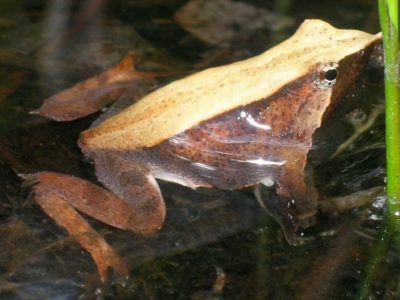
Darwin’s Frog
Camouflages itself as a dead leaf!

Dog
First domesticated in South-East Asia!

Dog Tick
Dog ticks feed on dogs and other mammals

Donkey
First domesticated 5,000 years ago!

Dragonfly
It's larvae are carnivorous!
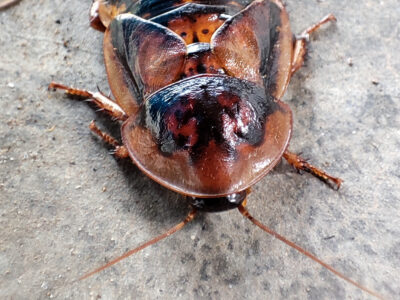
Dubia Cockroach
The most popular species of feeder roach

Duck
Rows of tiny plates line their teeth!

Dung Beetle
The dung beetle can push objects many times its own weight
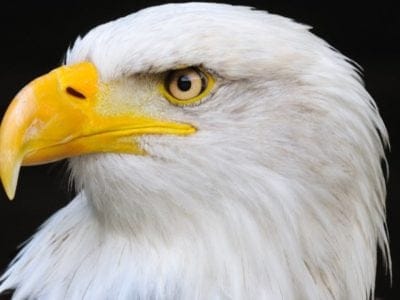
Eagle
Has exceptional eyesight!

Earthworm
They are hermaphrodites, which means they have male and female organs

Earwig
There are nearly 2,000 different species!

Eel
Eels can be a mere few inches long to 13 feet!
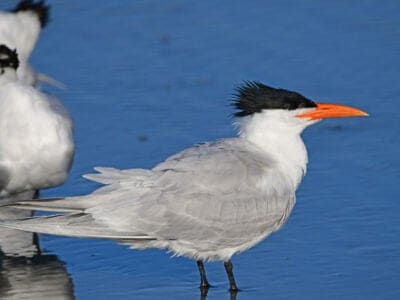
Elegant Tern
Have a lifespan of 20 years or more

Falcon
The fastest creatures on the planet!
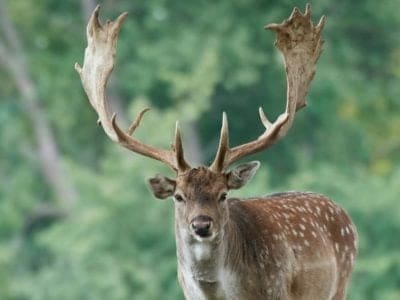
Fallow deer
The fallow deer has more variation in its coat colors than most other deer.

False Widow Spider
False spiders actually prey on black widow spiders and other hazardous spiders
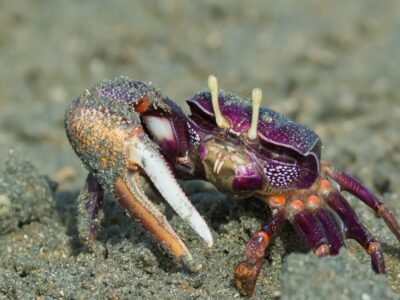
Fiddler Crab
The fiddler crab gets its name from the motion the males make with their over-sized claw during the mating ritual.

Firefly
The firefly produces some of the most efficient light in the world
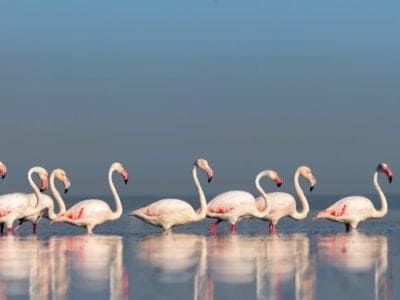
Flamingo
Sleeps on just one leg!

Flea
Adult fleas can jump up to 7 inches in the air

Fly
There are more than 240,000 different species!
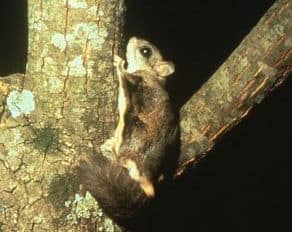
Flying Squirrel
Can glide up to 90 meters!

Frog
There are around 7,000 different species!

Fruit Fly
Fruit flies are among the most common research animals in the world
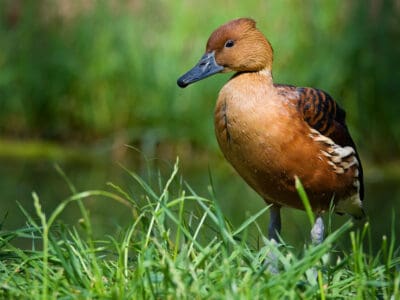
Fulvous Whistling Duck
They build a ramp from their nest, which leads to a nearby water source
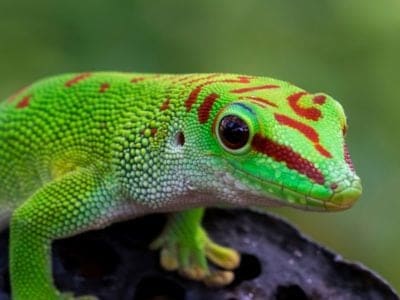
Gecko
There are thought to be over 2,000 species!

German Cockroach
The most common type of urban roach

Glowworm
Found inhabiting dense woodland and caves!

Gnat
Males form large mating swarms at dusk

Grasshopper
There are 11,000 known species!
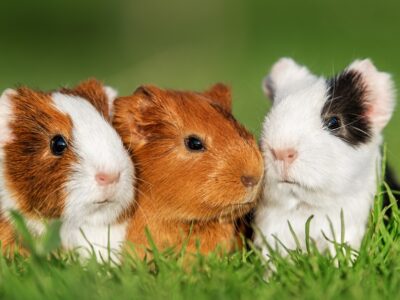
Guinea Pig
Natively found in the Andes Mountain range!
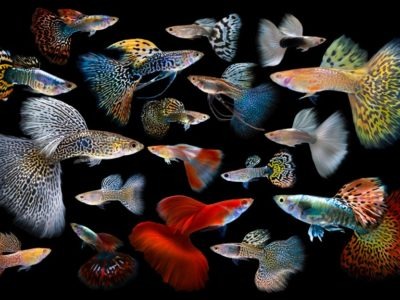
Guppy
Also known as the Millionfish!

Gypsy Moth
One of the most invasive species in the world

Hamster
Able to run as quickly backwards as forwards!

Hare
Can reach speeds of over 50 mph!
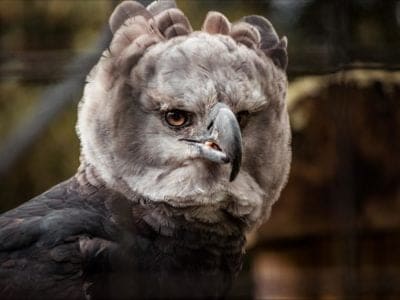
Harpy Eagle
Talon's the size of a grizzly bear's claws!
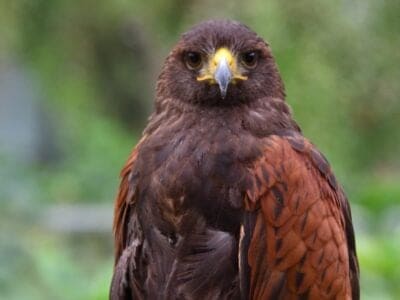
Harris’s Hawk
Their vision is eight times better than a human's

Hawk Moth Caterpillar
Many hawk moth caterpillars eat toxins from plants, but don’t sequester them the way milkweed butterflies do. Most toxins are excreted.
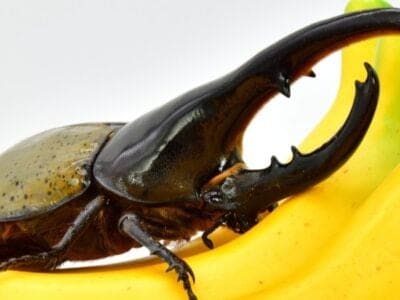
Hercules Beetle
This dynastine scarab beetle makes a weird huffing sound when it’s disturbed.

Heron
Inhabits wetlands around the world!

Honey Bee
There are only 8 recognized species!
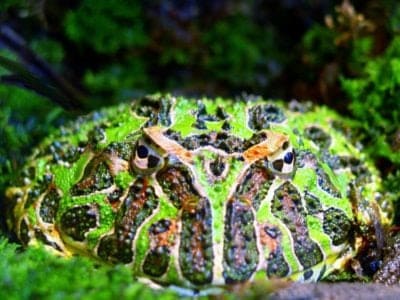
Argentine Horned Frog
Natively found in South America!

Horse
Has evolved over 50 million years!

Horsefly
Horseflies have been seen performing Immelmann turns, much like fighter jets.
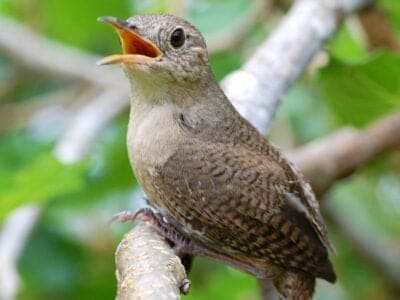
House wren
The wren’s epithet, aedon, comes from a Greek queen who accidentally killed her only son. She was actually aiming for her nephew, and Zeus took pity on her and turned her into a nightingale.

Housefly
The fly has no teeth

Human
Thought to have orignated 200,000 years ago!
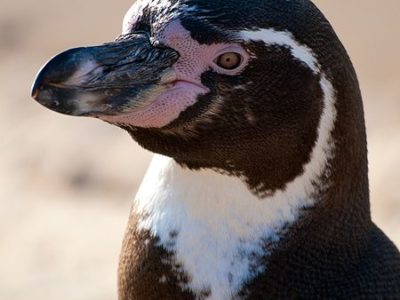
Humboldt Penguin
Found on the South American coast!
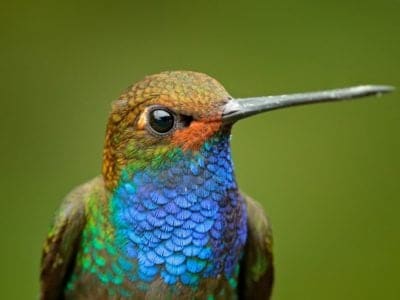
Hummingbird
Beat their wings up to 80 times per second!

Huntsman Spider
Some huntsman spiders have an interesting way of moving around. Some cartwheel while others do handsprings or backflips.
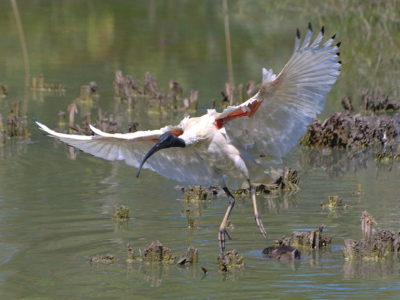
Ibis
Found in swamps, marshes and wetlands!
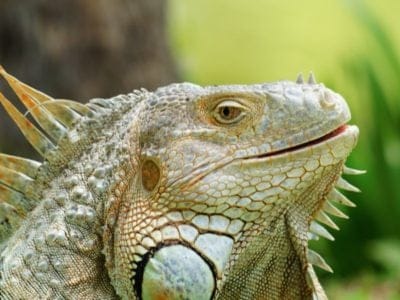
Iguana
Uses visual signals to communicate!

Insects
There are an estimated 30 million species!
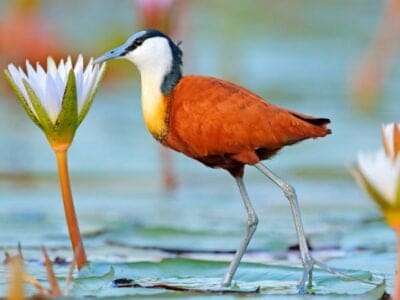
Jacana
The jacana has the ability to swim underwater

Jumping Spider
Some can jump 50 times the length of their bodies

Kingfisher
Inhabits wetlands and woodlands worldwide!
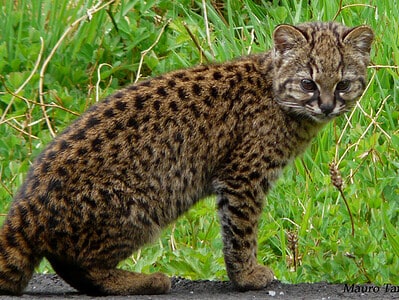
Kodkod
The kodkod is among the smallest species of cats in the entire world

Ladybug
There are more than 5,000 species worldwide!

Leech
Has 10 pairs of eyes!
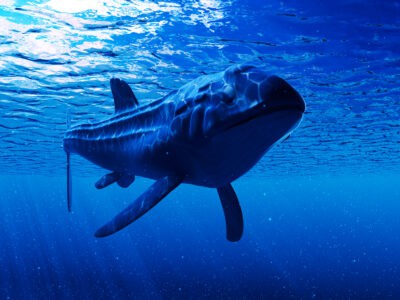
Leedsichthys
Leedsichthys is one of the largest fish ever discovered
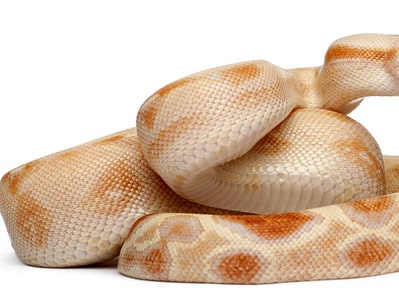
Lipstick Albino Boa
Lipstick albino boas are a designer morph that you'll only find from breeders.
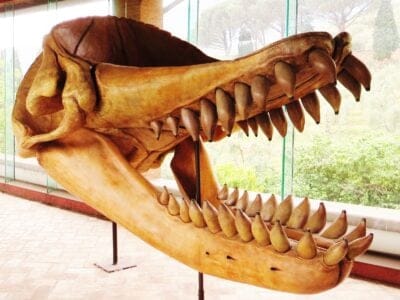
Livyatan
The Livyatan had 1 to 1.2 foot long, interlocking teeth

Lizard
There are around 5,000 different species!
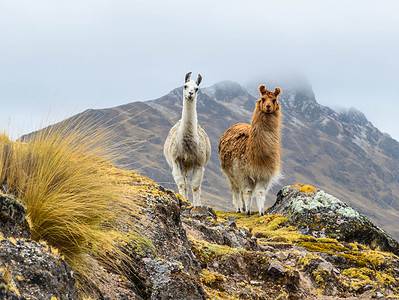
Llama
Natively found in the Andes Mountain range!

Locust
Each locust can eat its weight in plants each day.
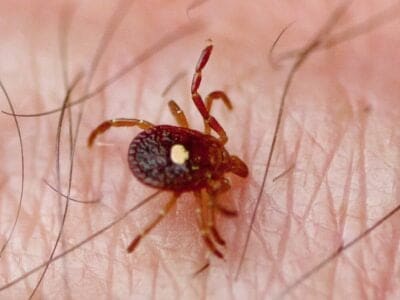
Lone Star Tick
Only females have the ‘lone star’ marking
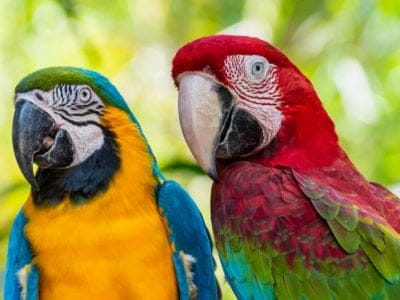
Macaw
The largest species of parrot in the world!
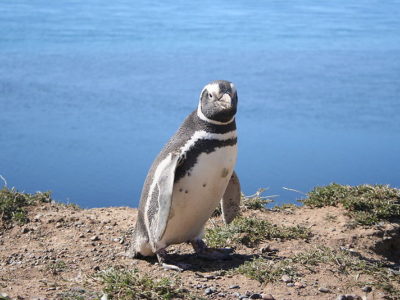
Magellanic Penguin
Threatened by oil spills!
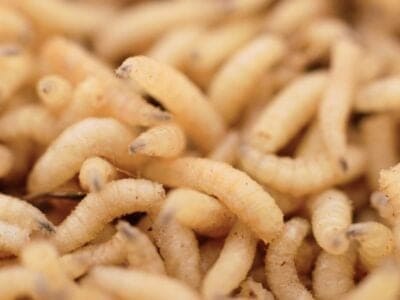
Maggot
Will only live in wet areas
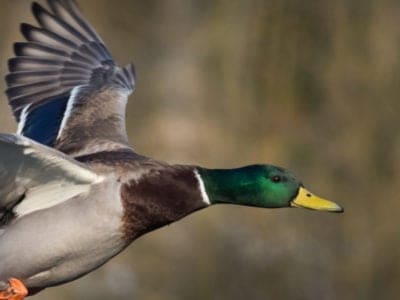
Mallard
With an appropriate tail wind, the mallard can travel hundreds of miles a day

Mayfly
There are 2,500 known species worldwide!

Mealybug
They have a symbiotic relationship with ants.
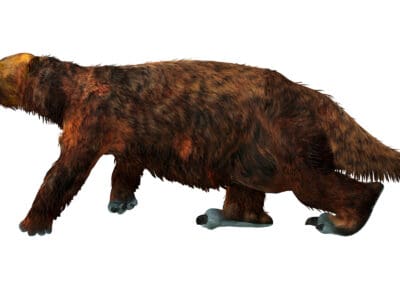
Megatherium
Megatherium probably used its lips more than its tongue when feeling for choice leaves in the treetops.
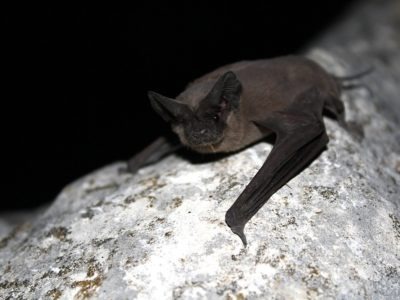
Mexican Free-Tailed Bat
Some colonies have millions of bats

Millipede
Some species have a poisonous bite!
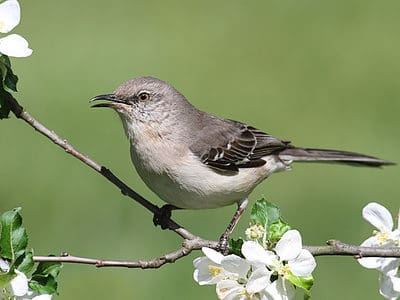
Mockingbird
Mockingbirds are incredible mimics that can learn hundreds of songs!

Mole
Primarily hunts and feeds on Earthworms!
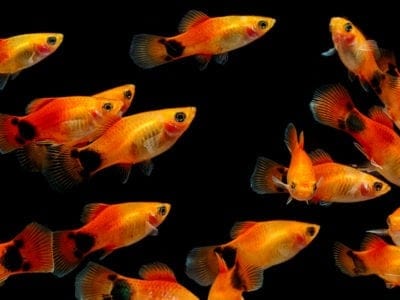
Molly
Known for their calm and peaceful nature!

Mongrel
Has characteristics of two or more breeds!
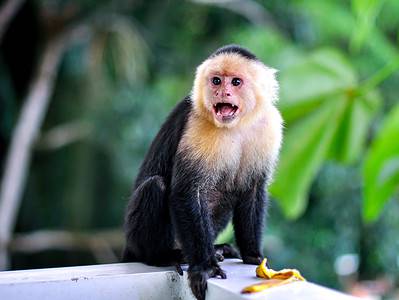
Monkey
There are around 260 known species!

Moorhen
Feeds on aquatic insects and water-spiders!

Mosquito
Only the female mosquito actually sucks blood

Moth
There are 250,000 different species!
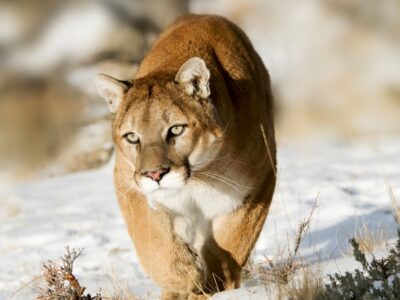
Mountain Lion
Has no real natural predators!

Mouse
Found on every continent on Earth!
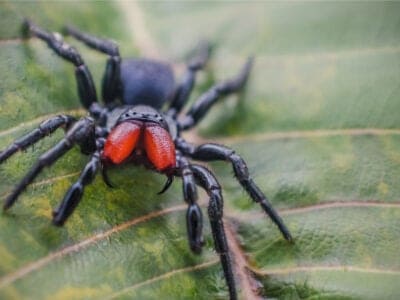
Mouse Spider
The female mouse spider is rarely seen because they don't leave their burrows.

Mule
The offspring of a horse and donkey parents!

No See Ums
There are more than 5,000 species.

Orb Weaver
Females are about four times the size of males

Osprey
They reuse nesting sites for 70 years!

Otter
There are 13 different species worldwide

Owl
The owl can rotate its head some 270 degrees
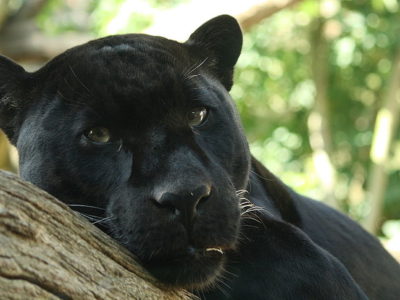
Panther
Prefers to hunt at night than during the day!
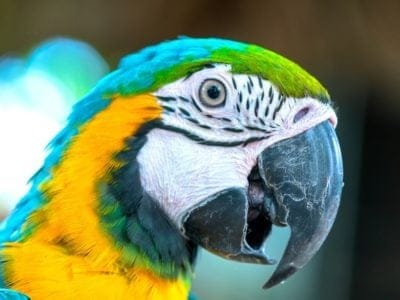
Parrot
Can live for up to 100 years!

Parrotlet
Parrotlets aren't the world's tiniest parrot — that would be the pygmy parrot of Australasia.

Peregrine Falcon
Fastest animal on Earth

Pheasant
Females lay between 8 and 12 eggs per clutch!
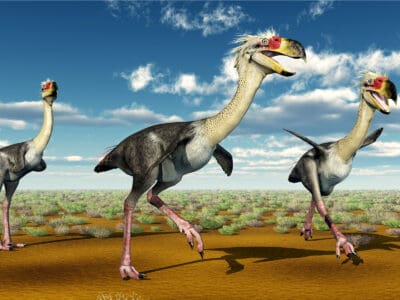
Phorusrhacos
It's a genus of terror birds

Pigeon
They can find their way back to their nests from up to 1300 miles away.
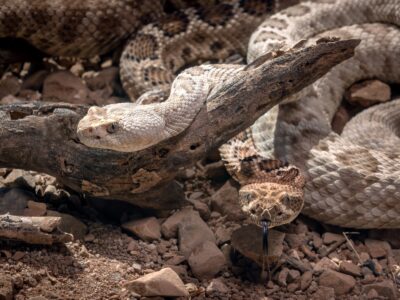
Pit Viper
Pit vipers's fangs fold up into their mouths when they don't need them.
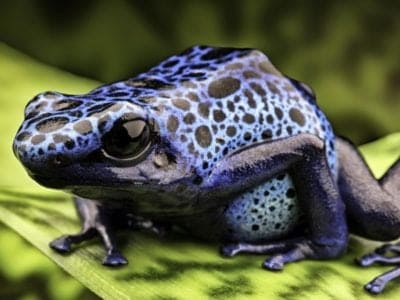
Poison Dart Frog
Inhabits the jungles of Central and South America!
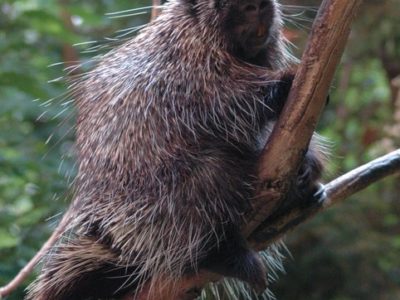
Porcupine
There are 30 different species worldwide!
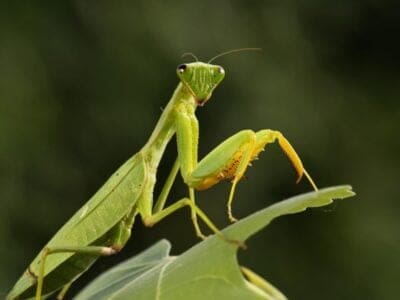
Praying Mantis
The mantis can turn its head 180 degrees.
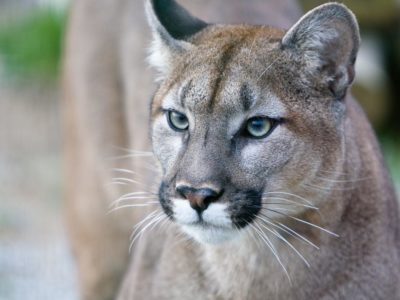
Puma
Has longer back legs than front legs!

Quail
Inhabits woodland and forest areas worldwide!
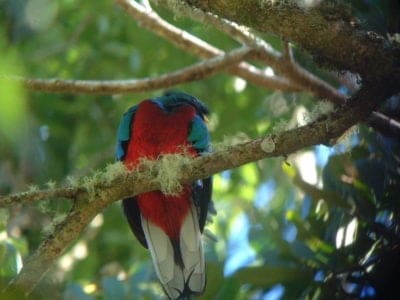
Quetzal
The tail feathers of the male can be 1m long!

Rat
Omnivores that eat anything!
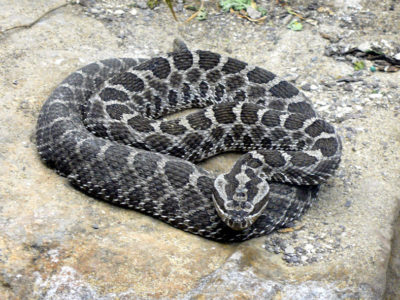
Rattlesnake
Rattlesnakes may have evolved their rattle to warn bison away from them.

Red-Footed Tortoise
Male and female Red-Footed Tortoises move their heads to communicate.
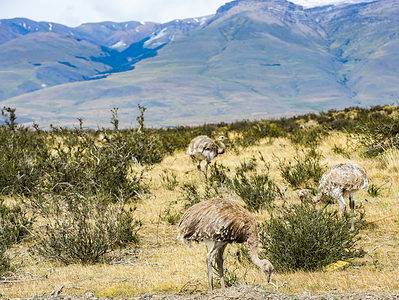
Rhea
Male rheas mate with up to a dozen females and single-handedly raise up to 80 chicks at once!

River Turtle
Inhabits freshwater habitats around the world!

Rodents
The capybara, the world’s largest rodent, likes to be in and around bodies of water. Because of this, the Catholic Church in South America decided that it was a fish, and people were allowed to eat it during Lent and First Fridays.

Rooster
Will mate with the entire flock!
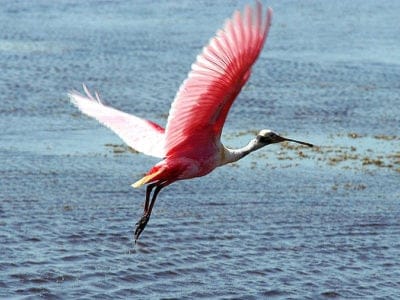
Roseate Spoonbill
The only Spoonbill in the western hemisphere!
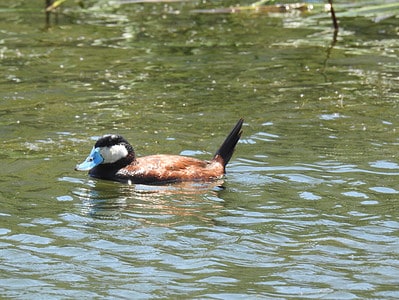
Ruddy Duck
Ruddy duck breeding males have bright blue bills!

Saber-Toothed Tiger
Canines up to 7 inches long!

Sable Ferret
Ferrets were used during the Revolutionary War to keep down the rat population.
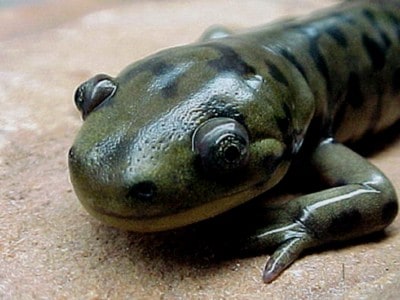
Salamander
There are more than 700 different species!
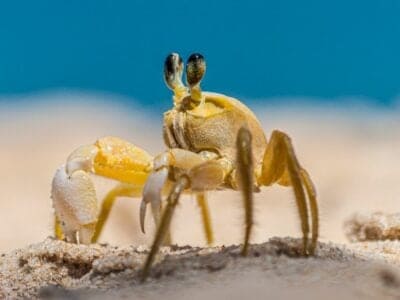
Sand Crab
The sand crab burrows beneath the sand with its tail

Scorpion
There are around 2,000 known species!

Seahorse
Males give birth to up to 1,000 offspring!

Sheep
Around 35 million in the English countryside!
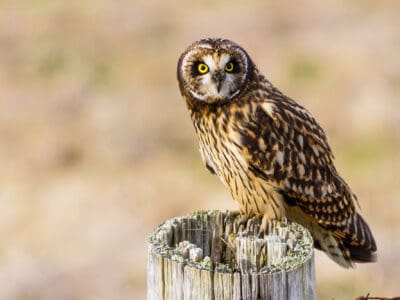
Short-Eared Owl
The short-eared owl is one of the most widespread owl species in the world, covering five continents.

Shrew
The spinal column of the shrew Scutisorex somereni is so strong and reinforced that it can support the weight of an adult human.

Shrimp
There are 2,000 different species worldwide!
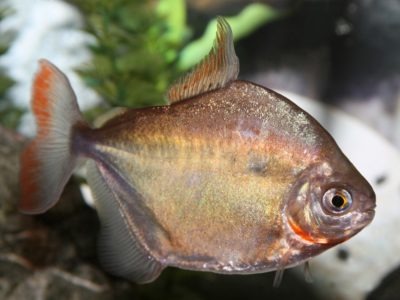
Silver Dollar
Closely related to the Piranha

Skink Lizard
Some skinks lay eggs in some habitats while giving birth to skinklets in other habitats.
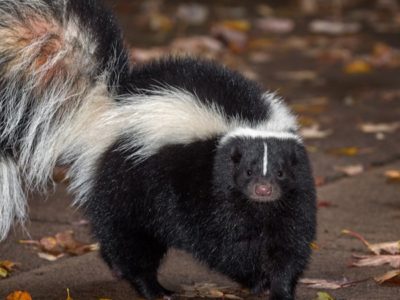
Skunk
Also known as the Polecat!
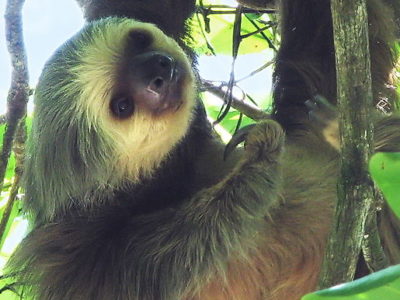
Sloth
It's body temperature is between 30 - 34 degrees!

Slug
They glide around on one foot, which is aided by the slime they produce

Smokybrown Cockroach
Has up to 45 eggs per egg case

Snail
There are nearly 1,000 different species!

Snake
There are around 4,000 known species worldwide

Sparrow
There are 140 different species!
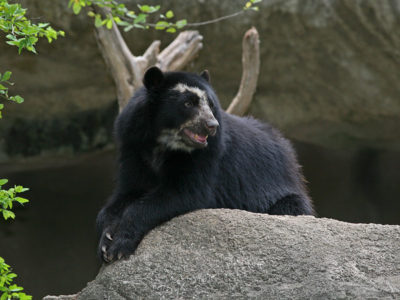
Spectacled Bear
Native to the Andes mountains of South America!

Spider Wasp
They prey on spiders to feed their larvae or they parasitize other spider wasps.

Squirrel
Small rodents found in woodlands worldwide!

Stick Insect
There are more than 3,000 different species!

Stromatolite
Stromatolites played a key role in the development of life on Earth.
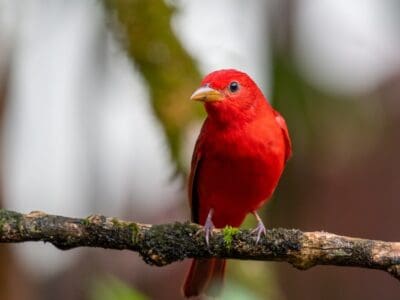
Summer Tanager
They remove bee stingers by rubbing them against a tree

Swan
Populations have been affected by pollution!
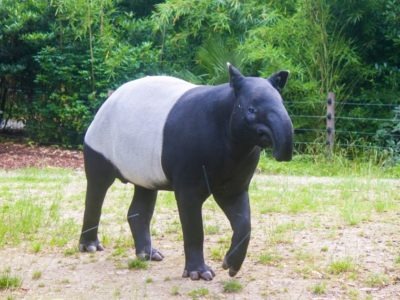
Tapir
Most closely related to horses and rhinos!
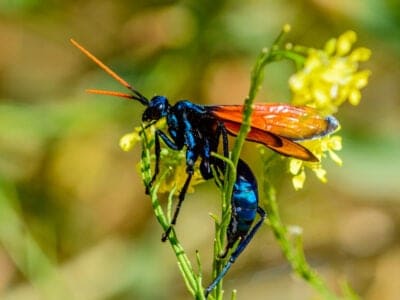
Tarantula Hawk
Tarantula hawks are excellent pollinators, especially for milkweed.

Termite
Their mounds can be up to 9 meters tall!
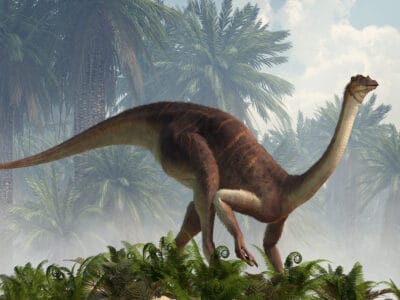
Theropod
Some theropods had feathers and may have been ancestors of modern birds.

Thrush
The American robin is called the robin because its red breast reminded European settlers of the robin back in the old country.

Tick
They inject hosts with a chemical that stops them from feeling the pain of the bite

Tiger Beetle
The adult tiger beetle is one of the fastest land insects in the world

Tortoise
Can live until they are more than 150 years old!
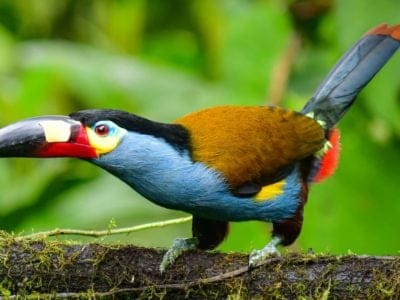
Toucan
There are more than 40 different species!

Tree Frog
Found in warmer jungles and forests!

Turtles
Some species of aquatic turtles can get up to 70 percent of their oxygen through their butt.
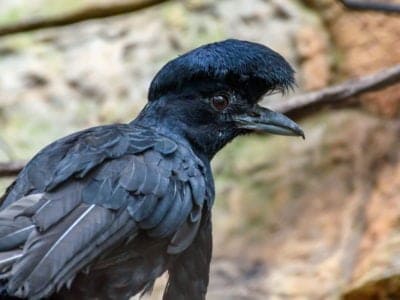
Umbrellabird
Migrates up and down the mountains!
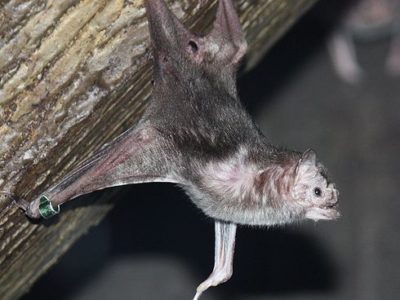
Vampire Bat
Have a heat sensor on the end of their nose!
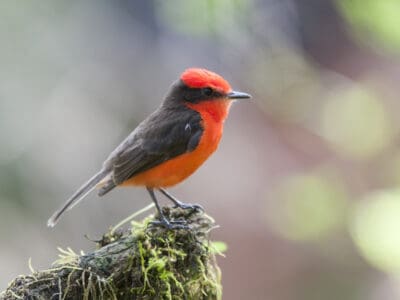
Vermilion Flycatcher
They have a fast song that lasts up to 10 syllables at max.

Vicuña
Vicuñas have some of the softest wool in the entire animal kingdom
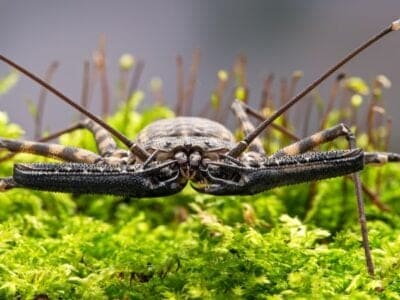
Vinegaroon
Vinegaroons can spray 19 times before the glands are depleted

Vulture
There are 30 different species worldwide!
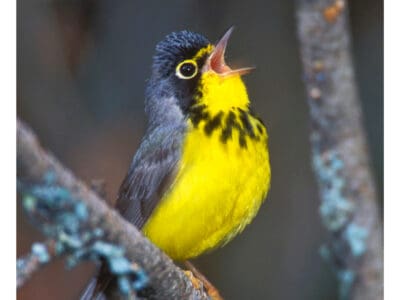
Warbler
Warblers are so called because of the trills of their song.

Wasp
There are around 75,000 recognised species!
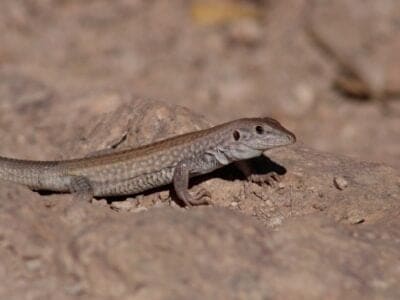
Whiptail Lizard
Many whiptail species reproduce asexually.

White Ferret / Albino Ferrets
There are two different types of white ferrets!

Wolf Spider
Carnivorous arachnid that hunts its prey.

Woodlouse
This animal can roll up into a ball
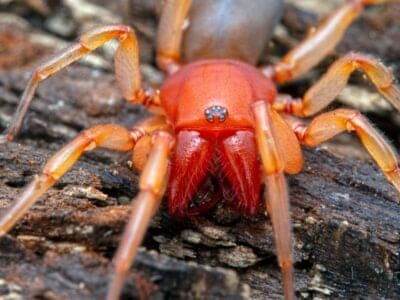
Woodlouse Spider
Unlike most spiders, woodlouse spiders don’t build a web.

Woodpecker
There are 200 different species!

Worm
Doesn’t have eyes.
Chilean Animals List
- Albatross
- Alpaca
- Amazon Parrot
- Ant
- Armadillo
- Armyworm
- Asian Lady Beetle
- Avocet
- Barb
- Barn Owl
- Barn Swallow
- Bat
- Bear
- Bed Bugs
- Bee
- Beetle
- Bird
- Biscuit Beetle
- Black Widow Spider
- Blue Dragon Sea Slug
- Booby
- Brazilian Treehopper
- Brown Dog Tick
- Burrowing Owl
- Butterfly
- Caecilian
- Camel Cricket
- Carpenter Ant
- Cat
- Caterpillar
- Catfish
- Centipede
- Chicken
- Chilean Recluse Spider
- Chilean Rose Tarantula
- Chilesaurus
- Chinchilla
- Cichlid
- Cockroach
- Codling Moth
- Common Furniture Beetle
- Common House Spider
- Cormorant
- Cow
- Crab
- Crab Spider
- Cricket
- Crocodile
- Crow
- Cuckoo
- Darwin’s fox
- Darwin’s Frog
- Dog
- Dog Tick
- Donkey
- Dragonfly
- Dubia Cockroach
- Duck
- Dung Beetle
- Eagle
- Earthworm
- Earwig
- Eel
- Elegant Tern
- Falcon
- Fallow deer
- False Widow Spider
- Fiddler Crab
- Firefly
- Flamingo
- Flea
- Fly
- Flying Squirrel
- Frog
- Fruit Fly
- Fulvous Whistling Duck
- Gecko
- German Cockroach
- Glowworm
- Gnat
- Grasshopper
- Guinea Pig
- Guppy
- Gypsy Moth
- Hamster
- Hare
- Harpy Eagle
- Harris’s Hawk
- Hawk Moth Caterpillar
- Hercules Beetle
- Heron
- Honey Bee
- Argentine Horned Frog
- Horse
- Horsefly
- House wren
- Housefly
- Human
- Humboldt Penguin
- Hummingbird
- Huntsman Spider
- Ibis
- Iguana
- Insects
- Jacana
- Jumping Spider
- Kingfisher
- Kodkod
- Ladybug
- Leech
- Leedsichthys
- Lipstick Albino Boa
- Livyatan
- Lizard
- Llama
- Locust
- Lone Star Tick
- Macaw
- Magellanic Penguin
- Maggot
- Mallard
- Mayfly
- Mealybug
- Megatherium
- Mexican Free-Tailed Bat
- Millipede
- Mockingbird
- Mole
- Molly
- Mongrel
- Monkey
- Moorhen
- Mosquito
- Moth
- Mountain Lion
- Mourning Gecko
- Mouse
- Mouse Spider
- Mule
- No See Ums
- Orb Weaver
- Osprey
- Otter
- Owl
- Ox
- Panther
- Parrot
- Parrotlet
- Peregrine Falcon
- Pheasant
- Phorusrhacos
- Pigeon
- Pit Viper
- Poison Dart Frog
- Porcupine
- Praying Mantis
- Puma
- Quail
- Quetzal
- Rat
- Rattlesnake
- Red-Footed Tortoise
- Rhea
- River Turtle
- Rodents
- Rooster
- Roseate Spoonbill
- Ruddy Duck
- Saber-Toothed Tiger
- Sable Ferret
- Salamander
- Sand Crab
- Scorpion
- Seahorse
- Sheep
- Short-Eared Owl
- Shrew
- Shrimp
- Silver Dollar
- Skink Lizard
- Skunk
- Sloth
- Slug
- Smokybrown Cockroach
- Snail
- Snake
- Sparrow
- Spectacled Bear
- Spider Wasp
- Squirrel
- Stick Insect
- Stromatolite
- Summer Tanager
- Swallowtail Butterfly
- Swan
- Tapir
- Tarantula Hawk
- Termite
- Theropod
- Thrush
- Tick
- Tiger Beetle
- Tortoise
- Toucan
- Tree Frog
- Turtles
- Umbrellabird
- Vampire Bat
- Vermilion Flycatcher
- Vicuña
- Vinegaroon
- Vulture
- Warbler
- Wasp
- Whiptail Lizard
- White Ferret / Albino Ferrets
- Wolf Spider
- Woodlouse
- Woodlouse Spider
- Woodpecker
- Worm
FAQs (Frequently Asked Questions)
What animals live in Chile?
Chile has about 150 species of mammals, most of which are rodents, bats, deer, and carnivores (like foxes and weasels), while whales and dolphins can be seen off the coast. There are also more than 500 species of birds, a hundred reptiles and amphibians, and many species of insects.
What animal is Chile known for?
Chile is particularly well-known for the unique flightless rhea, the cougar, the Andean condor, flamingoes, penguins, chinchillas, and llamas. Many unique species of deer also roam the countryside, including the Andean huemul and the pudu (the smallest species of deer in the world).
What is the most dangerous animal in Chile?
The most dangerous animal might be the Chilean recluse spider due to its toxic venom. Cougars are obviously capable of killing a person, but actual attacks are exceptionally rare.




